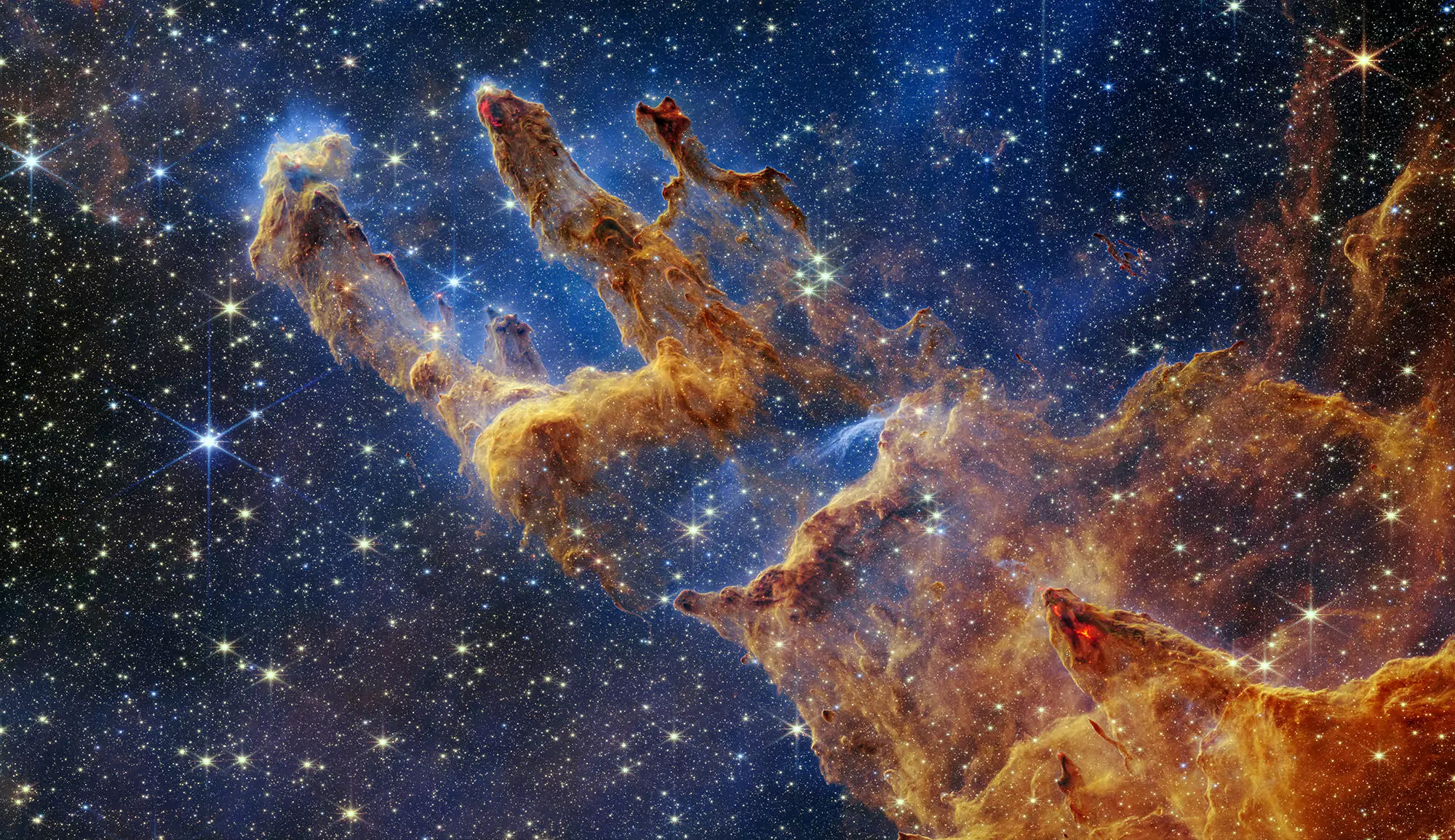Is the lithium abundance in old metal-poor stars "universal " ? F. & M. Spite (1982) have found the same lithium abundance in all the old normal metal-poor dwarf stars slightly warmer than the Sun (similar to the turn off stars of the globular clusters) : the Li abundnce was found to be independent of the temperature and of the metallicity. In a drawing
the lithium abundance, as a function of metallicity, shows a plateau, sometimes called the Spite’s plateau.
These authors proposed to identify the Li abundance of the plateau to the
abundance produced by the big bang (primordial lithium). The big bang lithium abundance derived from WMAPRecently, the measurements of the WMAP satellite allowed to determine the parameters of the model of nucleosynthesis of the big bang, leading to the
produced lithium abundance : this abundance is 2 or 3 times higher than the value of the plateau. How to explain this gap ? Several theories propose uniform partial destruction of the (high) big bang lithium, forming in this way a (low) plateau in agreement with observations.Is the plateau extended as far as stars of extremely low metallicities ? Bonifacio et al. (2007, FIRST STARS VII) began to check the validity of the plateau for the extremely metal-poor dwarfs : it is found there that the Li abundance of the plateau is lower in the mean or more scattered (downards).
This lowering, or scatter, could suggest a variable destruction of Li.
Figure 1 : Lithium abundance versus metallicity (iron abundance),in the binary system CS 22876-032 (circles), and in other metal-poor dwarf stars from Asplund et al. (2006, triangles) and Bonifacio et al. (2007, rhombs).
The lithium plateau seems to be more complex for lower metallicities.
In abcissa and ordinate, the abundance of the elements are quoted as : [Fe/H]=log[N(Fe)/N(H)]STAR-log[N(Fe)/N(H)]SUN and A(Li)=log[N(Li)/N(H)]+12, respectively.
A crucial starNew high quality detailed observations (UVES spectra at VLT, ESO) of the dwarf BPS CS 22876–032 bring new information. This star has the lowest metallicity currently known for a dwarf. The star is a binary, composed of two dwarfs : both dwarfs, formed from the same cloud of matter, are supposed to have the same common chemical composition. From several spectra, obtained at different phases, a detailed analysis, based on the colours and on the isochrones of Chieffi & Limongi, shows that both components have indeed the same composition in metals, that the (warmer) primary has the lithium abundance of the plateau, but that the secondary has a lower Li abundance.
The extension of the plateau is confirmed by the primary, but not by the secondary. Hydrodynamic models (3D) have been computed, they would provide slightly lower Li abundances for both components, but the difference between the components would be even larger. This result does not allow a firm conclusion, but encourages to continue and improve the observation of extremely metal poor stars that, moreover, bring some information about the first stars of our Milkyway galaxy. First stars XI. Chemical composition of the extremely metal-poor dwarfs in the binary CS 22876-032
González Hernández, J. I., Bonifacio, P., Ludwig, H.-G., Caffau, E., Spite, M., Spite, F., Cayrel, R., Molaro, P., Hill, V., François, P., Plez, B., Beers, T. C., Sivarani, T., Andersen, J.,
Barbuy, B., Depagne, E., Nordström, B., & Primas, F. Astronomy & Astrophysics,
Volume 480, Issue 1, March II 2008, pp.233-246
Contact
- Jonay I. González Hernández- (Observatoire de Paris, GEPI, CIFIST Marie Curie Excellence Team) This work have been done within the programme ESO : FIRST STARS (P. I. : R. Cayrel), and also within the European contract "CIFIST Excellence team Marie Curie" led by P. Bonifacio.

